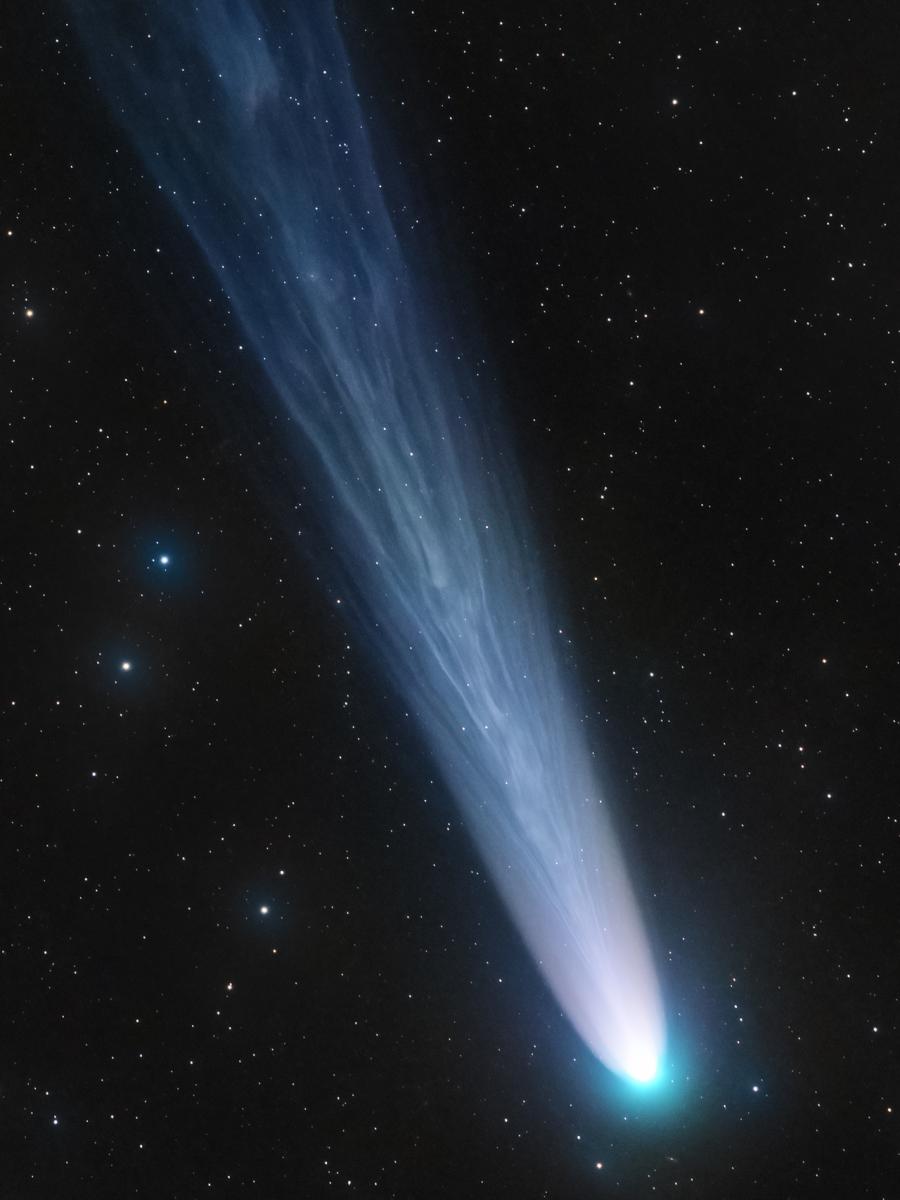Here’s a thorny problem: What if life doesn’t always appear on planets that can support it? What if we find more and more exoplanets and determine that some of them are habitable? What if we also determine that life hasn’t appeared on them yet?
Could we send life-bringing comets to those planets and seed them with terrestrial life? And if we could do that, should we?
Continue reading “We Could Spread Life to the Milky Way With Comets. But Should We?”



